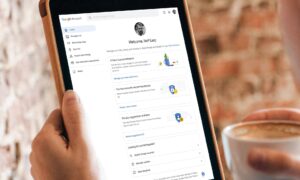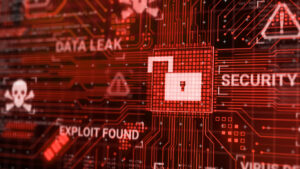Implementing robust cybersecurity measures is a requirement when adopting a remote work model. This work setup has gained traction in recent years, providing businesses access to skilled workers without needing them to go on-site. On the employees’ side, telecommuting brings advantages like flexibility, reduced costs, saved time, and many others.
However, it was not until the COVID-19 global health crisis that the shift to remote work came in full swing. Enterprises were forced to migrate to the digital realm to sustain their operations while working around pandemic mandates whether they were ready or not. Consequently, they needed to ensure security among their remote employees to prevent fraudulent individuals from accessing their network.
Regulatory agencies and other organizations establish data protection and privacy standards that firms must follow. They require companies to implement necessary identity verification measures to confirm that only legitimate individuals enter the system.
Enterprises often use traditional identity authentication methods like passwords to prevent unauthorized access to remote employee accounts. But these credentials are not effective in proving a person’s claimed identity. Anyone who has the password can easily access the online account, allowing them to impersonate real staff and perform illegal activities.
Therefore, companies must abandon these ineffective authentication processes and adopt a stronger alternative. They can implement modern biometric multifactor authentication (MFA) solutions adherent to Fast Identity Online or FIDO login standards. These specifications are created by the FIDO Alliance, which advocates for a passwordless future.
With FIDO login, firms can leverage biometric technology paired with device-based authentication as a layered defense against fraudulent account access. This advanced login method assumes that the on-device authentication factors cannot be unlocked without the biometric credential.
To know more about the uses of biometric multifactor authentication (MFA), check this infographic created by authID that discusses the remote workforce’s demands for biometric identity assurance.







